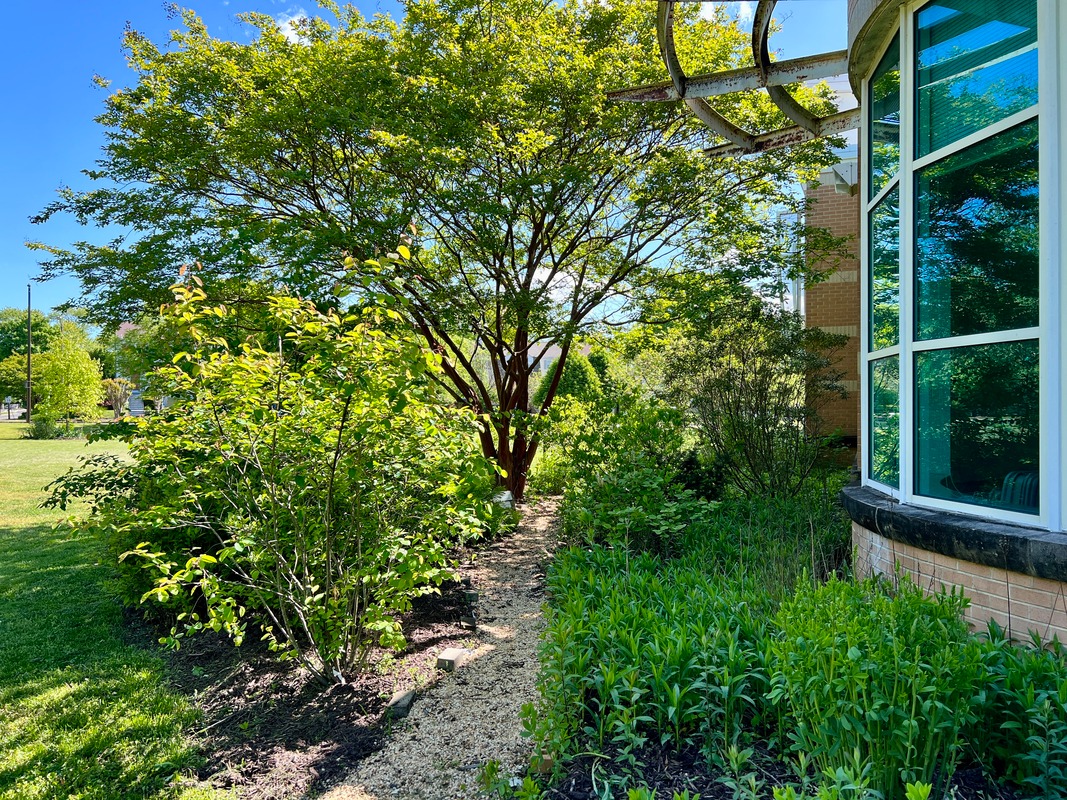|
The spotted lanternfly has made its way to Crofton. One was recently spotted at Historic Linthicum Walks.
The University of Maryland Extension advises to pause before you spray. There are important considerations:
If you see a spotted lanternfly in your yard, take a picture and send it to [email protected]. Trumpet Vine (Campsis radicans) is a woody vine with trumpet-shaped dramatic red flowers that form July through September, attracting hummingbirds and butterflies. The vine is generally 20 feet in length with dark green compound leaves with 7 to 11 serrated leaflets. The vine climbs or spreads over the ground by aerial rootlets on the stems which latches on to whatever is located nearby. Although the plant is native, it can become invasive if not properly cared for.
Frogs and toads are all-natural pest control for your plants. They love to snack on mosquitoes, beetles, and slugs. However, much like our pollinator populations, frogs are disappearing at an alarming rate.
Inviting frogs into your garden can be done by selecting plants that meet their needs for clean water, plenty of cover, and an abundance of invertebrate prey on which to feed. Find a step-by-step guide from National Wildlife Federations Garden For Wildlife blog by clicking the button below. Member Nancy Percivall and TLC are on the move! They will now meet on Monday's at 10 AM, weather permitting, at Crofton Library to maintain the Native Garden located beyond the Blue Star Memorial Garden. All are welcome to help with the garden – bring gloves and your gardening tools. It's a great way to keep in touch throughout the summer months!
|
CATEGORIES
All
|
Photos from Landscape Design Advisor, Sharon Mollerus, Puddin Tain, Donnaphoto





